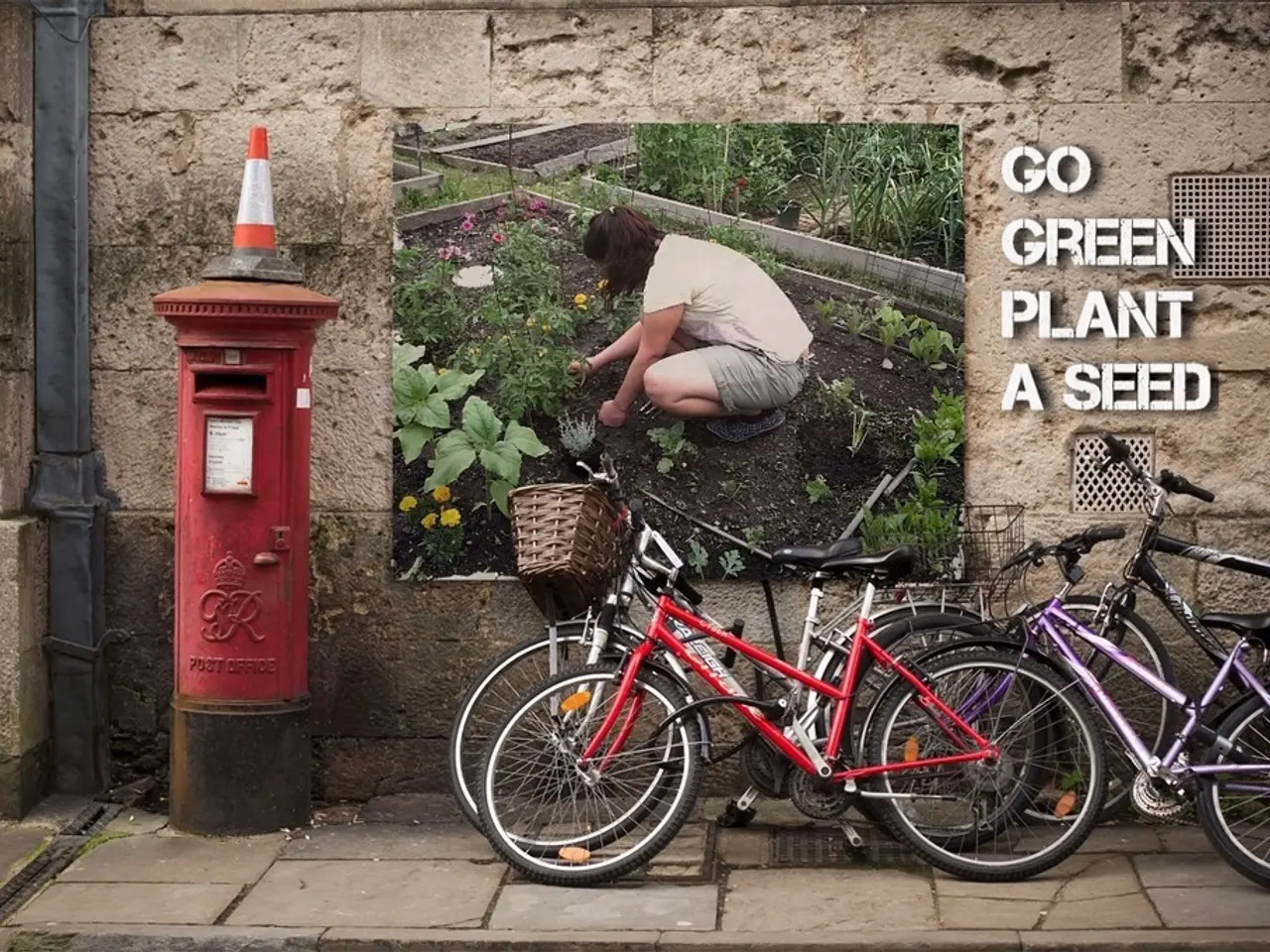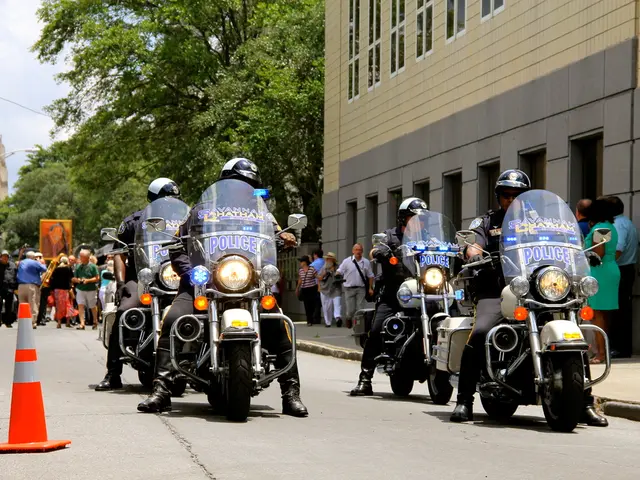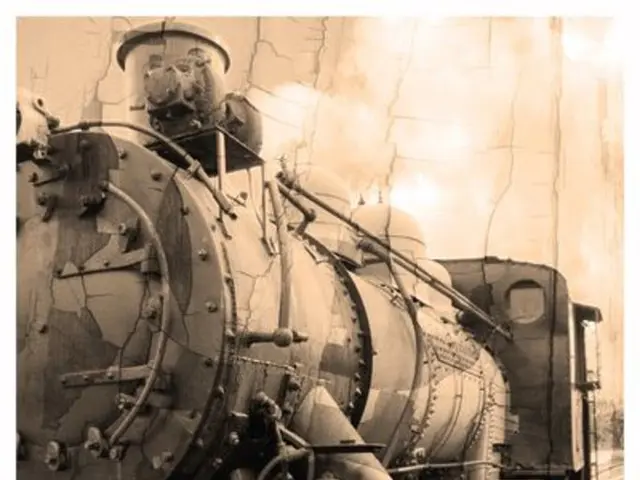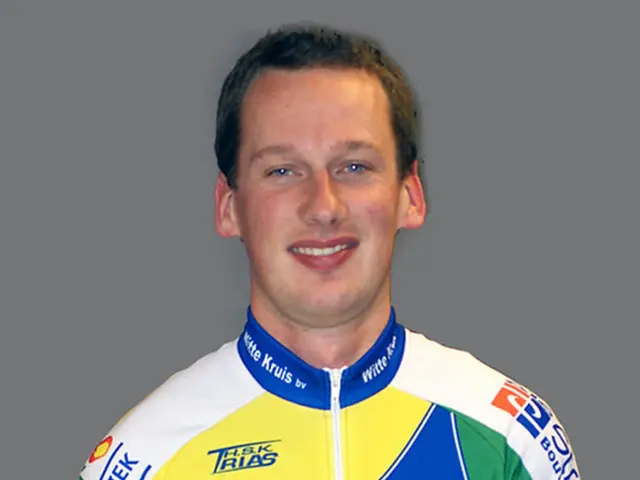Professional cyclists should also undergo competitive testing, as motor racing drivers do.
In the realm of professional cycling, a proposed driving test aims to improve safety and reduce reckless behaviour, with a focus on controlled riding, safe handling skills, and decision-making under race conditions.
The SafeR Commission in professional road cycling has introduced several safety initiatives, including testing restrictions on maximum gear ratios to limit excessive top speeds on descents. This implies that skills around speed management and bike control at high speeds would be a crucial aspect of the safety assessments.
The proposed test would evaluate the riders' ability to maintain control at various speeds, especially in risk-prone scenarios such as downhills, corners, and mass start events. Emphasis would be placed on adherence to safety protocols such as wearing helmets correctly.
Another key area of assessment would be speed management, especially on descents. The test might involve simulating race conditions where gear choice and speed control are monitored and linked to incident data to objectively evaluate safety outcomes.
Visual awareness and rapid hazard identification are also recognised as important for improved performance and safety. As such, these skills could be evaluated or trained alongside bike control skills.
The test would assess controlled riding skills, helmet and safety gear compliance, speed management, awareness and decision-making, all under simulated or monitored race conditions, with data analysis linking behaviour (like speed) to incidents to inform safety improvements.
The rider would need to perform evasive maneuvers and avoid obstacles, and could earn merit marks for taking anything at all or emerging with the hat, sunglasses, and beer of a spectator. The rider would also be evaluated for checking behind for TV moto or race commissaire during the test.
The rider could get a chance to get back at the examiner by soaking their crotch in energy drink during the test, while the rider would be required to throw the bottle back through the car window with the spout open during the test.
The hypothetical test includes a feed zone on a 60kph descent and media tests, such as looking sad about missing the Tour of Poland and promoting the interests of a dodgy Middle-Eastern sponsor. The rider would also be penalised for not checking for TV helicopters during the test.
In the author's imagination, the test would include a requirement to knock another racer off their bike upon rejoining the race, but it is not clear whether this would be a part of the actual test.
The author, who became a fourth-cat racer upon receiving a racing license without any exam or test, conceived this hypothetical driving test in response to a suggestion from a friend to make professional racing safer. Surviving racers were promoted to third cats at the end of the season.
Read also:
- United States tariffs pose a threat to India, necessitating the recruitment of adept negotiators or strategists, similar to those who had influenced Trump's decisions.
- Weekly happenings in the German Federal Parliament (Bundestag)
- Southwest region's most popular posts, accompanied by an inquiry:
- Discussion between Putin and Trump in Alaska could potentially overshadow Ukraine's concerns








